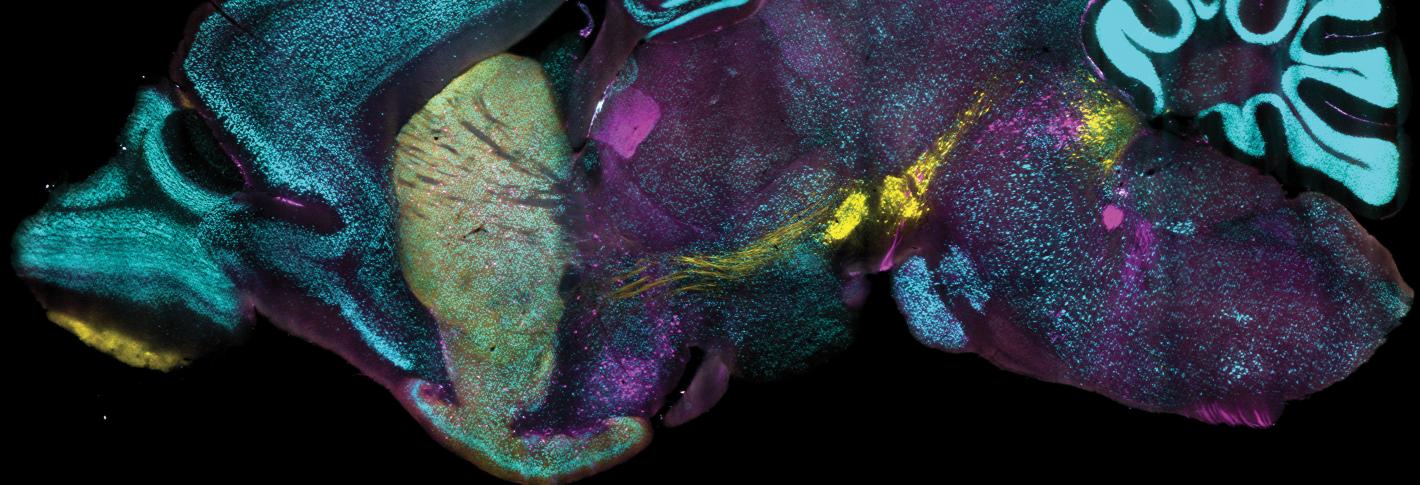Method enables fast, accurate estimates of cardiovascular state to inform blood pressure management
A new mathematical method, validated with experimental animal data, provides a fast, reliable and minimally invasive way of determining how to treat critical blood pressure changes during surgery or intensive care.


